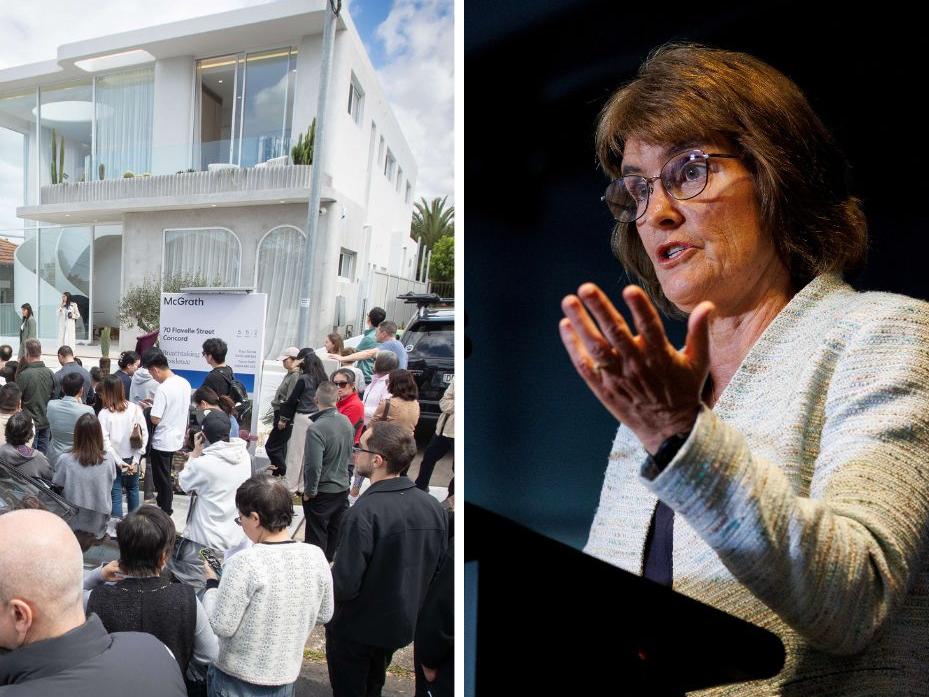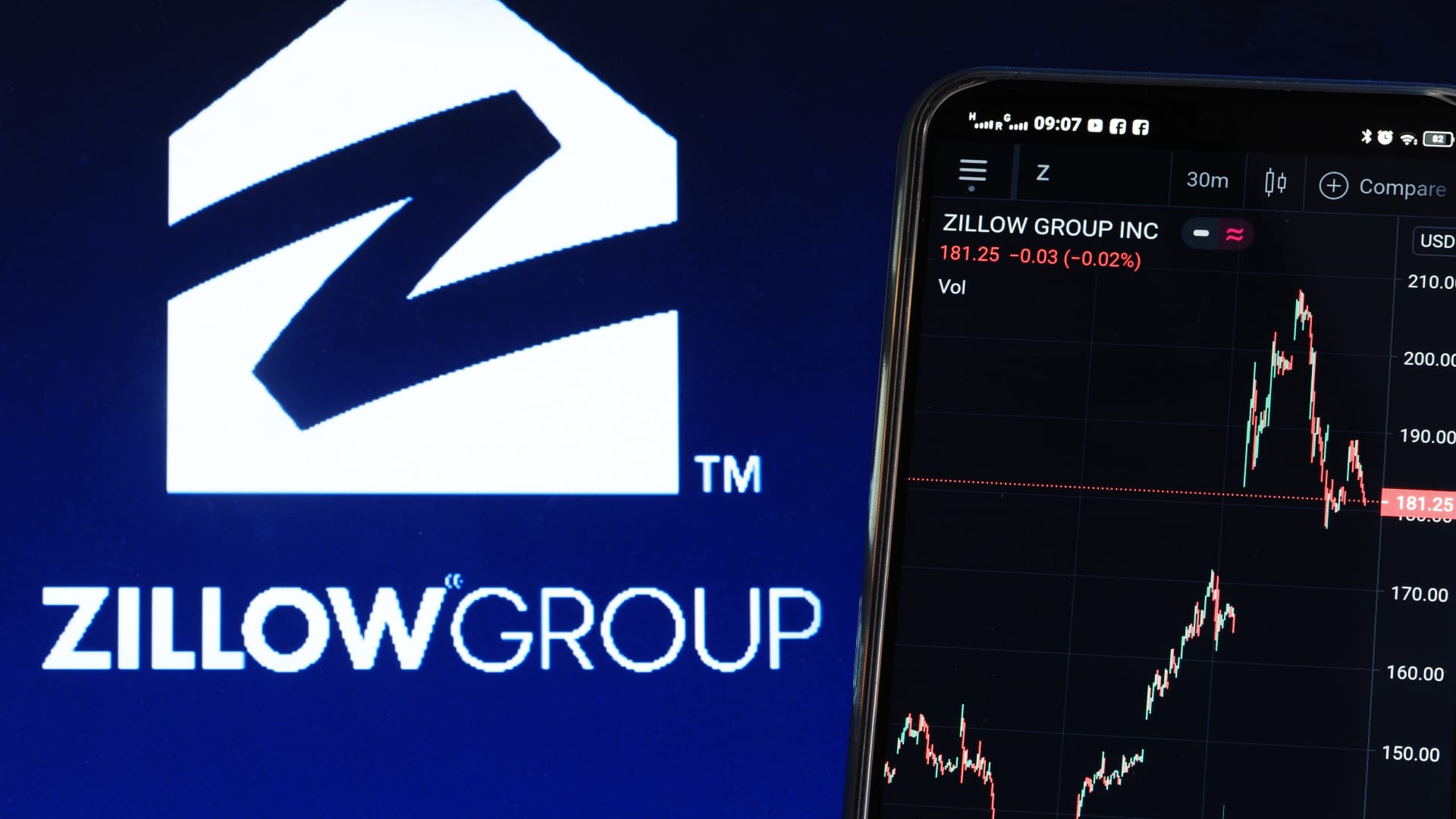T
he Bureau of Labor Statistics will not publish an October Consumer Price Index report, and the November CPI release has been pushed to December 18, following data‑collection gaps caused by the federal shutdown. Consequently, the most recent inflation figures the Federal Reserve will review before its December meeting will be those from September.
With only two weeks left before the 2025 FOMC’s final session, Fed officials remain split over a third rate cut this year. Some argue that the labor market’s continued softness justifies a move, while others caution that the absence of fresh data makes any decision risky.
Fed Governor Michael Barr noted on November 21 at the National College Fed Challenge Finals that the shutdown‑related delays complicate the committee’s task. New York Fed President John Williams described the current policy stance as “modestly restrictive” and hinted at potential room for adjustment. Governor Christopher Waller, speaking on Fox Business, said private‑sector signals show little change in employment, and that inflation is no longer a major concern. He highlighted September’s stronger‑than‑expected job growth but also a higher‑than‑expected rise in unemployment, and stated he would advocate for a rate cut at the December meeting.
Boston Fed President Susan Collins, who supported the earlier 2025 cuts, acknowledged the difficulty of assessing labor‑market softening without recent data. She sees the policy as “only mildly restrictive” and remains cautious heading into December, noting that the delayed September jobs report still leaves room for hesitation. Bloomberg’s Odd Lots podcast and CNBC interviews confirmed her stance.
The split among officials raises the possibility of a historic tie at the December session, according to analysts who spoke to Fortune. Even those favoring cuts, like Waller, are wary of a January move. He expects September’s 119,000‑job gain to be revised downward by 50,000–60,000 and warned that the influx of November data could complicate decisions. If the new figures align with current trends, a January cut might be justified; otherwise, the Fed may adopt a more cautious, meeting‑by‑meeting approach.
In short, the Fed’s December policy decision will be made with September data only, amid divided views on whether a rate cut is warranted. The outcome could hinge on how the delayed inflation and employment reports reshape the committee’s assessment of the economy.














